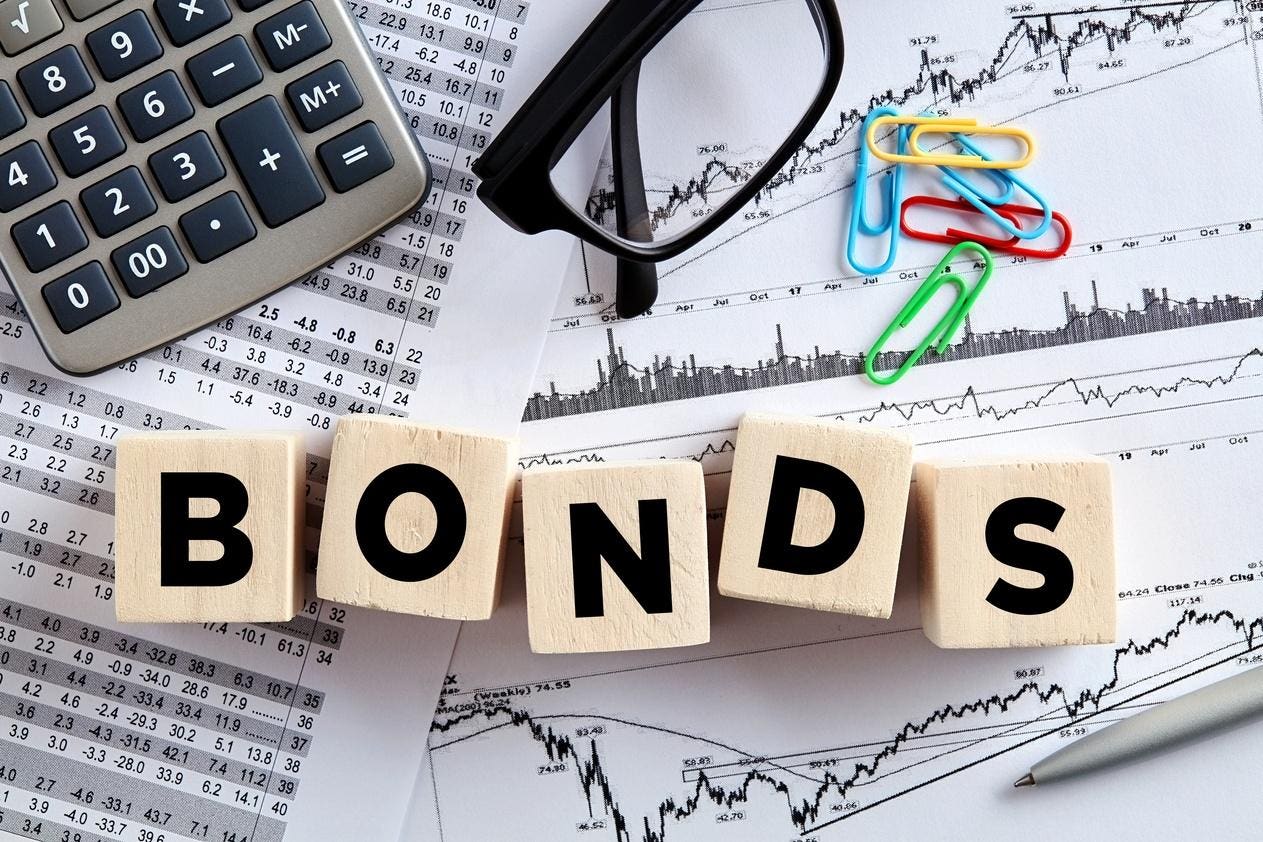“Time to Buy Bonds” proclaims the cover of this week’s Barron’s. A recent New York Times headline reads, “Bonds Have Been Awful. It’s a Good Time to Buy.” The Telegraph’s Ambrose Evans-Pritchard chimes in, “This looks like the perfect entry point.”
That may very well prove to be excellent advice. The Fed looks like it’s at or close to the end of the interest rate tightening that drove up yields to levels that finally look appetizing. But if you’re thinking of jumping in for a short-term trade, pay careful attention to which bonds you’re buying.
You might be thinking, “If the ICE BofA US Treasury Index’s yield is attractive at 5%, the investment grade corporate bonds (the ICE BofA US Corporate Index) at 6%-plus are even better. And the ICE BofA US High Yield Index offers 9% and change. Why not get the most current income available while I ride bond prices up as interest rates start to fall?”
The problem is that in some years, the prices of corporate bonds actually move in the opposite direction of Treasury bonds. In the recession year of 2008, for example, Treasurys posted a price gain of 9.2% while Single-A corporates declined by 13.3%. Based on that sort of outcome, the “perfect entry point” to set up for gains on those lower-yielding Treasury bonds could also mark the beginning of a painful decline in corporate issues.
The accompanying table covers all years for which all the relevant data are available. It shows that bonds in all rating categories have sometimes fallen when Treasurys rose or vice versa. The percentage of years in which prices moved opposite to Treasury prices increased as ratings decreased, from 11.5% for AAA corporates to 69.2% for bonds rated CCC, CC or C. For investment grade bonds collectively—those rated AAA to BBB—the ratio was 23.1% versus 61.5% for speculative grade, or high yield bonds, rated BB to CCC-C.
How is any of this possible? Almost every day we read in the financial press that when interest rates go down, bond yields go up. The Treasury index’s yield went down from 3.6% to 1.6% in 2008, so Treasury prices naturally rose. Why did investment grade corporate bond prices go down that year?
The explanation is that unlike U.S. Treasury bonds, which are presumed to carry no risk of default, corporate bonds do expose holders to the possibility that their promised interest or principal will not be paid in full and on time. To compensate for that risk, investors demand a higher yield on corporates. The difference between the corporate and Treasury yield is called the “spread.”
As the U.S. entered a deepening recession in 2008, meaning that default risk increased, the corporate spread over Treasurys more than doubled from 2.2 to 5.9 percentage points. That increase of 3.7 percentage points more than offset the decline of 2 percentage points (from 3.6% to 1.6%) in the underlying Treasury yield. As a result, the investment grade corporate yield rose—from 5.8% to 7.5%—at the same time as the Treasury yield fell. Prices of the two types of bonds consequently moved in opposite directions.
Default risk is greater the lower you go on the rating scale, so the frequency of price moves opposite the Treasury price move is greatest at the bottom of the speculative-grade category, i.e., CCC-C. But even the safest corporate bonds, rated AAA, sometimes suffer price declines when Treasury yields fall.
The good news is that investors who bought corporate bonds going into 2008 and maintained a long-term perspective made out fine. Over the five years 2008-2012 the investment grade corporate index rose at a rate of 1.9% a year, about the same as the Treasury index’s 2.1% annualized gain. Thanks to their higher rate of current income, the corporate posted a superior total return—7.7% a year versus 5.4% for Treasurys. That’s how it works over the long run; corporates are riskier, so they provide a higher return.
Conclusion: November 2023 may very well turn out to be an excellent time to buy bonds. But measuring your success depends critically on two factors, namely, which bonds you buy and how long you hold them.
Read the full article here







